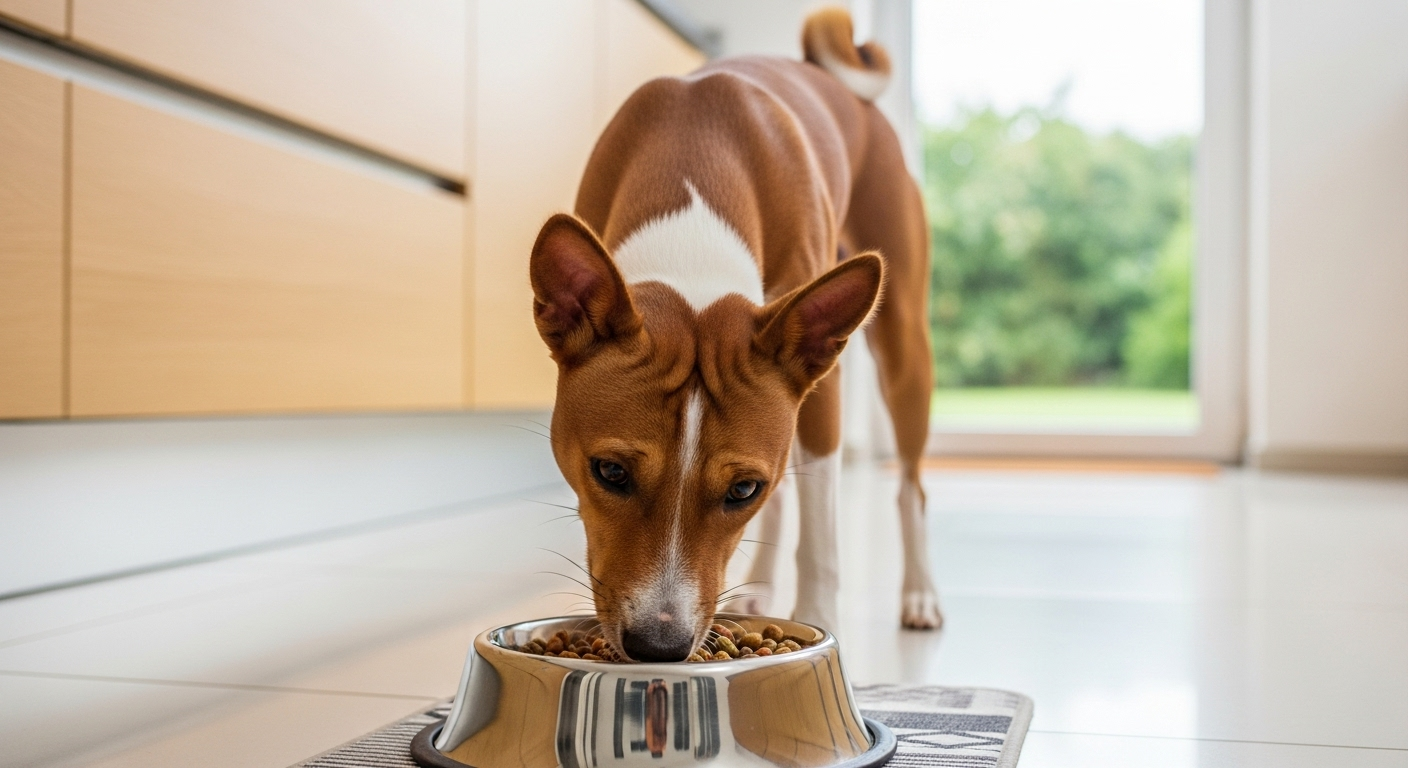
Check out our latest products
When your furry friend receives a diagnosis of inflammatory bowel disease (IBD), it can feel overwhelming. IBD is a chronic condition that causes inflammation in your dog’s digestive system, leading to symptoms like vomiting, diarrhea, weight loss, and changes in appetite. While this diagnosis might seem scary, the good news is that many dogs with IBD can live comfortable lives with proper dietary management.
Understanding IBD and Diet
IBD affects middle-aged dogs of all breeds, though some breeds like Basenjis, Soft-coated Wheaten Terriers, and Boxers may be more prone to it. The exact cause isn’t fully understood, but it likely involves genetics, immune system responses to food, and changes in gut bacteria. This is why diet plays such a crucial role in managing the condition.
The Step-by-Step Approach to Dietary Management
Your veterinarian will typically recommend a systematic approach to finding the right diet for your dog:
Step 1: Novel Protein Diets The first line of treatment often involves switching to a “novel protein” diet. This means feeding your dog a protein source they’ve never eaten before, paired with a new carbohydrate. The goal is to see if your dog’s IBD is actually a food sensitivity in disguise.
Step 2: Hydrolyzed Diets If novel proteins don’t work, your vet might suggest a hydrolyzed diet. These special foods contain proteins that have been broken down into tiny pieces that shouldn’t trigger immune responses. Studies show that over half of dogs respond well to these diets.
Step 3: Home-Prepared Diets For dogs who don’t respond to commercial options, carefully planned home-cooked meals might be the answer. These diets are typically low in fat and use ingredients your dog has never eaten before. However, it’s essential to work with your veterinarian to ensure these meals are nutritionally complete.
Making the Transition
Any diet change should be gradual to avoid upsetting your dog’s already sensitive stomach. Start by mixing small amounts of the new food with their current diet, slowly increasing the new food over 7-10 days. During a diet trial, avoid giving any treats or table scraps that could interfere with results.
What to Expect
Most dogs will show improvement within 2-3 weeks if they’re going to respond to dietary changes. If your dog’s symptoms improve significantly, you’ve found success! However, if there’s little to no improvement after giving the diet a fair trial, the IBD might not be food-related and will require other treatments.
Important Reminders
Remember that managing IBD often requires patience and persistence. Some dogs respond beautifully to diet changes alone, while others need additional medications to control inflammation. Regular check-ups with your veterinarian are essential to monitor your dog’s progress and adjust treatment as needed.
Never attempt to manage your dog’s IBD without professional guidance. While dietary changes can be incredibly effective, they need to be done correctly to ensure your dog receives proper nutrition while their digestive system heals.
With the right approach and your veterinarian’s expertise, many dogs with IBD go on to live happy, healthy lives with their symptoms well-controlled through proper dietary management.


![[PETHROOM] Cat Nail Clipper Trimmer for Indoor Cats with Circular Cut Hole (2mm) | Premium Sturdy Stainless Steel Blade Cat Claw | Safe, Easy, Accurate, Quiet & Fast | Avoid Overcutting](https://m.media-amazon.com/images/I/6156hi88deL._AC_SL1298_.jpg)
![[PETHROOM] Professional Eye Comb for Pets | Stainless Steel Tear Stain Remover for Cats & Dogs | Gentle Round-Head Grooming Tool | Compact & Portable for Eye Gunk Removal](https://m.media-amazon.com/images/I/71+W758uwXL._SL1500_.jpg)
![[petora] BRUSH ON ME Gentle Facial & Eye Comb for Dogs & Cats | Smooth & Stress-Free Tear Stain Remover | Fine-Tooth Grooming Tool with Rounded Tips | Comfortable Grip for Daily Pet Grooming](https://m.media-amazon.com/images/I/81hzVmjgV1L._SL1500_.jpg)









